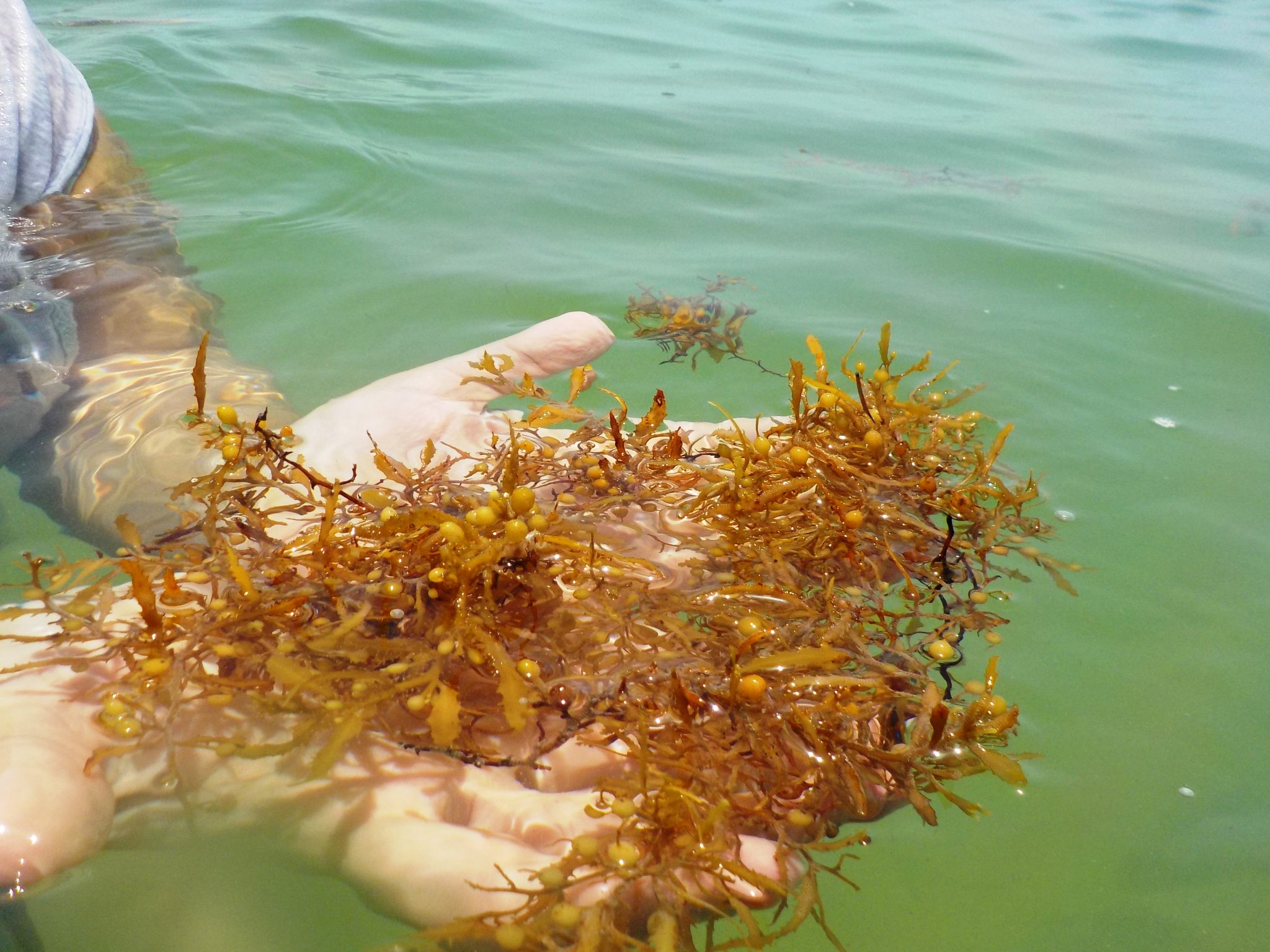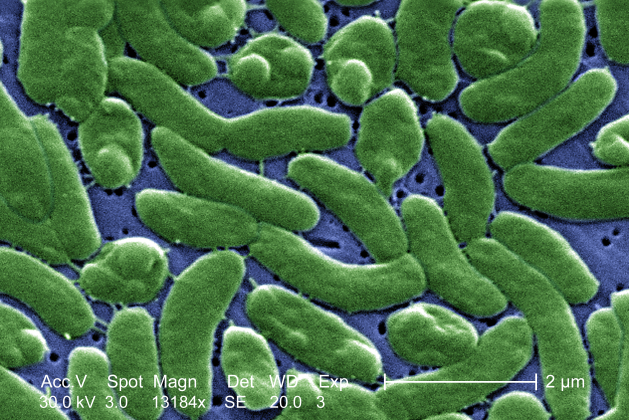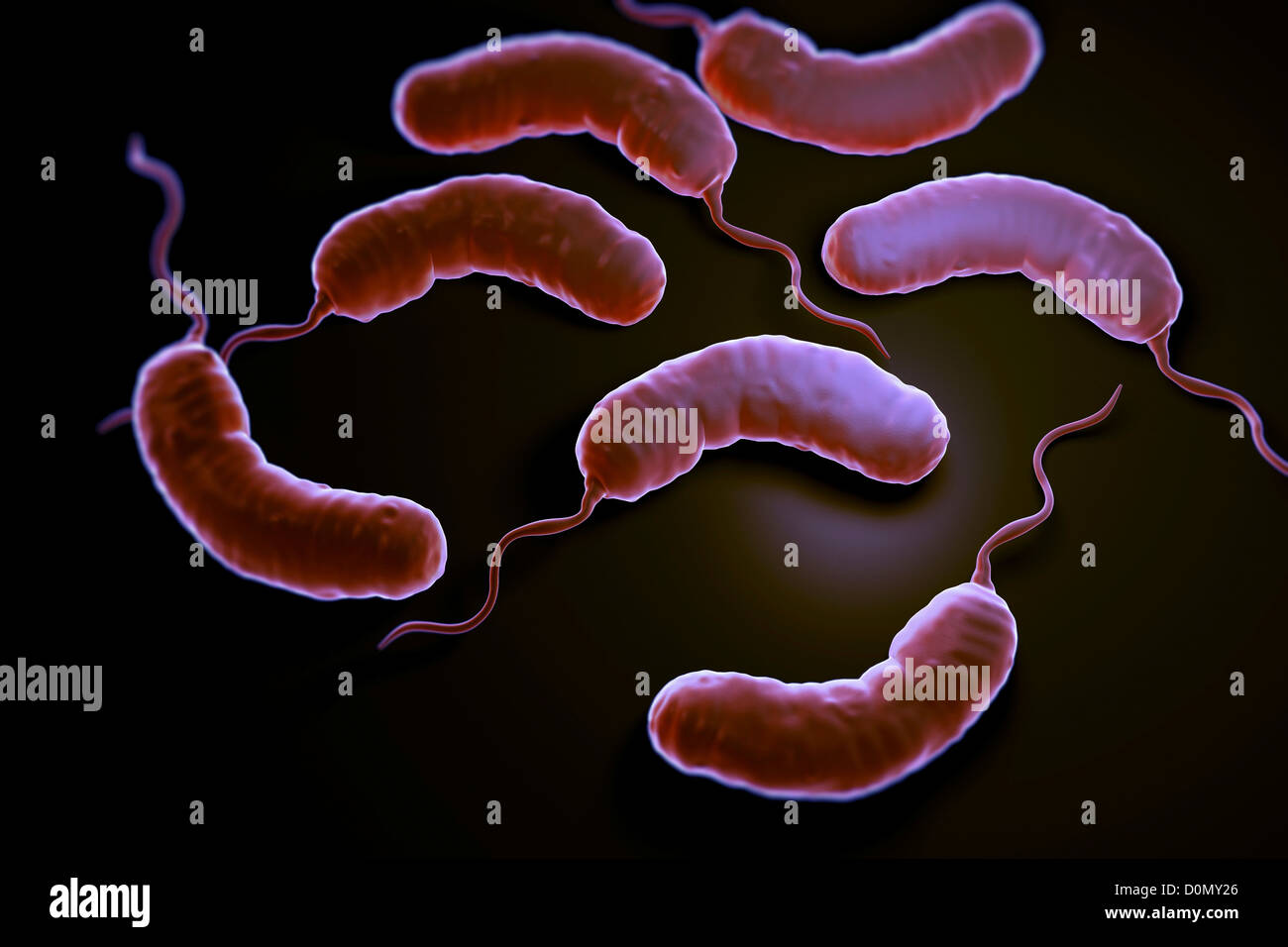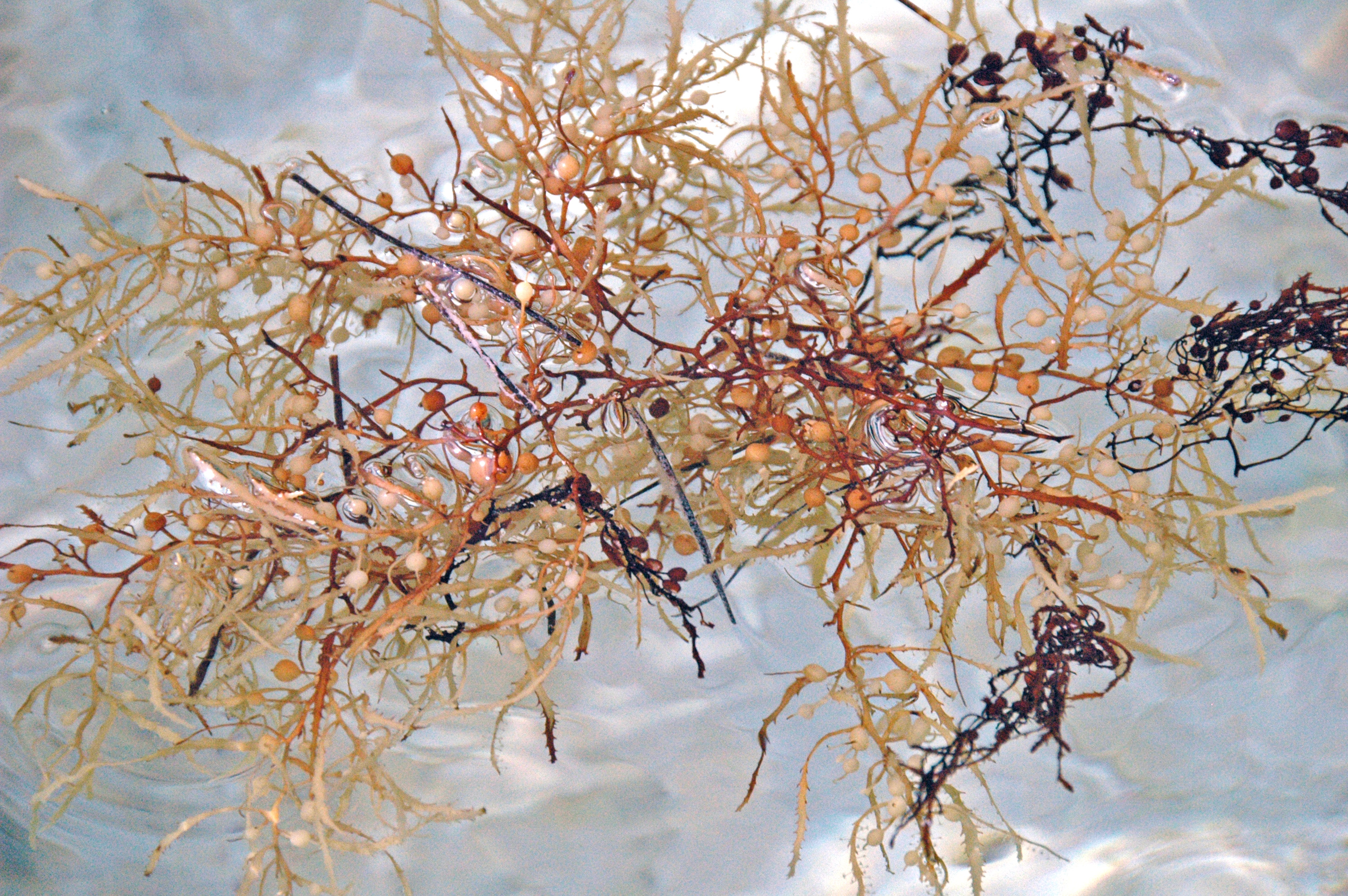
A colossal bloom of seaweed, vast enough to stretch across the Atlantic Ocean, is making its way towards Florida’s shores, bringing with it more than just an unpleasant odor and potential disruption to coastal life.
Scientists monitoring the phenomenon known as the Great Atlantic Sargassum Belt have uncovered a potentially hazardous element within the thick mats of brown algae: a significant presence of Vibrio bacteria, some of which carry genes linked to serious illnesses in humans.
The Sargassum belt, estimated at times to be a 13 – million – ton morass stretching some 5,000 miles from the Gulf of Mexico to the African coast, is a naturally occurring algae mass, but its recent massive scale is unprecedented in observed history.

While Sargassum adrift at sea provides a crucial habitat and food source for numerous marine species, its arrival and accumulation on beaches present significant challenges.
Once the tangled globs wash ashore, they begin to rot and decay, producing a powerful, noxious odor often likened to that of rotten eggs, a byproduct of hydrogen sulfide gas.
Beyond the aesthetic and olfactory issues that burden hotels, resorts, and public areas with extensive clean – up duties, the decomposing seaweed has now been identified as a potential reservoir for concerning microbes.

A recent study, published in the journal Water Research in May, delves into the complex interaction between this abundant seaweed, plastic marine debris, and the Vibrio genus of bacteria.
The researchers concluded that this interplay creates what they termed a “perfect pathogen storm” with potential implications for both marine life and public health.
Tracy Mincer, an assistant professor of biology at Florida Atlantic University’s Harbor Branch Oceanographic Institute and a lead author of the study, highlighted the role of plastic in this dynamic.
Plastic is a new element that has been introduced into marine environments and has only been around for about 50 years,” Mincer noted in a news release from FAU.
His lab work revealed a concerning behavior of the Vibrio bacteria in the presence of plastic.
Read more about: Beyond the Hype: The Scientist Behind Ozempic Says Life Might Get ‘Miserably Boring’ on the Drug

“Our lab work showed that these Vibrio bacteria are extremely aggressive and can seek out and stick to plastic within minutes,” Mincer stated.
He added that the microbes utilize attachment factors to adhere to plastics, mechanisms similar to those employed by pathogens.
The study analyzed samples of Sargassum, plastic marine debris, eel larvae, and seawater collected from the Caribbean and Sargasso seas.
Within these samples, the researchers isolated 16 varieties of Vibrio colonies and explored whether these bacteria could infect humans.
Read more about: 10 Foods You Should Never Eat Raw and Why It’s Risky

Vibrio bacteria naturally inhabit some coastal waters, with concentrations typically increasing in warmer temperatures, usually between May and October.
Of the more than 100 known Vibrio species, approximately a dozen are capable of causing illness in humans, resulting in an infection known as vibriosis.
Vibriosis can be contracted primarily in two ways: by consuming raw or undercooked shellfish, particularly oysters, or when an open wound comes into contact with salt water or brackish water, which is a mix of fresh and saltwater.
The most concerning species is Vibrio vulnificus, often referred to as a “flesh – eating” bacterium because it can lead to necrotizing fasciitis, a severe infection that rapidly destroys the flesh around an open wound.

While the study samples from the Caribbean and Sargasso seas did not specifically find Vibrio vulnificus or Vibrio cholerae (another main species infecting humans), the researchers did identify previously undescribed Vibrio species.
Importantly, these newly identified species were found to carry key genes present in their disease – causing relatives.
According to Amaral – Zettler, a marine biologist and co – author of the study, their analysis suggests these bacteria potentially possess the necessary “machinery” to infect and cause disease in humans.
Linda Amaral – Zettler acknowledged the potential severity, stating, “There have been some pretty horrific infections caused by Vibrio. Their flesh – eating potential is rare, but it’s real.
Symptoms of vibriosis vary depending on how the bacteria are contracted.
Ingesting the bacteria can cause severe diarrhea, stomach cramps, fever, and vomiting.
If the bacteria infect an open wound, they can lead to a severe, life – threatening illness with symptoms including fever, chills, decreased blood pressure, and blistering skin lesions.
Necrotizing fasciitis, though rare, involves the rapid destruction of tissue surrounding the wound.
Tragically, the Centers for Disease Control and Prevention (CDC) reports that about one in five people infected with Vibrio vulnificus dies, sometimes within just a day or two of becoming ill.
A study published in Scientific Reports on March 23 indicated a significant increase in Vibrio vulnificus infections along the eastern U.S. coast between 1988 and 2018, with the number rising from 10 to 80 cases annually.
Read more about: Shaving Your Pubic Hair: What the Experts Really Want You to Know About Risks and Safe Practices

The study projected a further potential increase to 200 cases per year by 2100, linking this rise to warmer sea surface temperatures associated with climate change, which allow the bacteria to thrive in waters farther north.
Despite the alarming nature of severe Vibrio infections, experts emphasize that the presence of the bacteria in the Sargassum isn’t a cause for mass panic for everyone.
Hidetoshi Urakawa, a microbial ecologist at Florida Gulf Coast University not involved in the study, commented that while the paper was good, the findings were “not a huge issue.”

Urakawa stressed that many Vibrio species are harmless, and he viewed it as positive news that the highly pathogenic species typically infecting humans were not found in the study’s Sargassum samples.
Linda Amaral – Zettler echoed a tempered warning, saying, “I don’t think people have to go running and screaming away from Sargassum, but they do need to be responsible and realize that there are hazards associated with handling and exposing themselves to these kinds of materials.”
She highlighted that the Sargassum masses often contain an abundance of plastic, which provides a surface for Vibrio bacteria to rapidly attach and proliferate.
Jae Williams, a spokesperson for the Florida Department of Health, reinforced the need for caution and perspective.
Williams stated, “What is important is that individuals should take caution. They do not need to go play or recreate in the Sargassum, and if you see this Sargassum, just stay away from it.”
He clarified that vibriosis is not contagious and put the risk into perspective by calling it “easily avoidable” by keeping a distance from the seaweed.

Williams further explained that it’s not the seaweed itself that is directly harmful to humans, but rather the environment it creates.
As the Sargassum drifts, it collects various debris, including garbage and decomposing marine life.
When the seaweed washes ashore and combines with lingering water, baking in the Florida sun, it creates an ideal environment for Vibrio bacteria to multiply, Williams noted.
The findings about Vibrio bacteria colonizing plastic in the seaweed are particularly concerning because sharp plastic fragments could cause cuts, providing an entry point for bacteria even through minor wounds like scrapes, scratches, new piercings, tattoos, or surgical incisions.
Given these potential risks, health officials strongly advise against people or pets playing in Sargassum or stagnant tide pools containing the seaweed, especially if they emit a foul odor.
Sitting near decomposing Sargassum is also discouraged due to the release of hydrogen sulfide gas, which can cause respiratory problems if inhaled.
The Florida Department of Health specifically warns residents and visitors to avoid Sargassum and notes that Vibrio vulnificus infections can be particularly severe for individuals with weakened immune systems, such as those with chronic liver disease.
For those with open wounds who must be near Sargassum, health officials recommend covering the wounds with waterproof bandages.
It is crucial to immediately uncover and thoroughly disinfect any such wounds afterward.
Swimming in open ocean water with Sargassum is generally considered less risky if you don’t have open wounds, as the moving saltwater environment is less conducive to bacterial growth than stagnant, decomposing mats on shore.
Read more about: Flying with Disabilities: A Guide to Rights, Challenges, and Recent Passenger Experiences

However, it is still advisable to steer clear of dense clumps of seaweed if encountered while swimming and to avoid any waters that appear visibly unclean.
Florida government officials, including the Department of Environmental Protection (DEP) and the Florida Fish and Wildlife Conservation Commission, are monitoring the Sargassum belt.
The Florida legislature has allocated $5 million to assist local governments with the significant costs associated with cleanup efforts.
Jon Moore, a spokesperson for the Florida DEP, stated that managing Sargassum is not a new challenge, and many local governments, particularly in south Florida, have existing plans and authorizations to respond.
We’re ready to work with any impacted local government … as well as expedite necessary authorizations so that cleanup activities can be conducted in an efficient and protective manner,” Moore said.
Miami – Dade County, a major tourist destination, undertakes extensive daily cleanup operations using heavy machinery to clear Sargassum from miles of shoreline early each morning.
Tom Morgan, chief of operations for Miami – Dade County’s Parks, Recreation and Open Spaces, explained that crews check for turtle nests before beginning work.
This daily effort helps maintain clean and attractive beaches while also removing the threat of infection or respiratory issues from the hydrogen sulfide gas.
Morgan added that beach maintenance crews are instructed to wear gloves when removing debris, including Sargassum entangled with plastics, a standard practice that predates the recent study findings.
Despite the presence of Sargassum, officials like Michael Zimmer, director of marketing and development for Miami – Dade parks, reported that tourism remained strong over a recent holiday weekend.
Zimmer noted that the beaches looked “really good” thanks to the diligent cleanup efforts and that they had not seen effects on tourism “yet.”
The county expects to spend around $6 million on seaweed removal this year, highlighting the scale of the challenge.

Pulling Sargassum from the sea before it reaches the shore is not legally or environmentally desirable, as it serves a vital ecological role as a floating habitat.
However, the study findings underscore the complexity, as the toxicity within the belt can simultaneously harm the very marine life that depends on it.
Sophie Ringel, founder of the non – profit Clean Miami Beach, expressed alarm at the situation, stating, “It’s very alarming in the first place to see it on the beaches, and alarming to see all the plastic that is entangled in it. And now even more than that, there’s harmful bacteria too. That’s so scary.”
Her group is taking extra precautions during beach cleanups, including using thick gloves, sanitizers, and long – handled grabbers to minimize contact.
While overall increases in Sargassum have been recorded over the last decade, offering a small note of hope, scientists at the University of South Florida (USF) who track the blooms via satellite imaging reported that the amount in the Atlantic unexpectedly decreased by about 15% in May.
They forecast a further drop in the Gulf of Mexico this month, which their optical oceanography laboratory noted on its website was “good news for many coastal residents of Florida.”
However, the long – term trend indicates huge increases, and USF professor Chuanmin Hu noted that the tropical Atlantic now has more seed populations of Sargassum, warm water, sunshine, and sufficient nutrients, creating conditions favorable for continued growth.
This combination of factors, coupled with the new understanding of the bacterial risks associated with the Sargassum – plastic interaction, paints a picture of an evolving coastal challenge.
Tracy Mincer emphasized the importance of public awareness regarding the associated risks, urging caution, particularly concerning the harvest and processing of Sargassum biomass until further exploration of the risks is completed.
Experts like Rachel Diner, a marine biologist, anticipate that cases of Vibrio infections will likely increase with climate change and warming waters, as Vibrios thrive in such conditions.
The findings serve as a powerful reminder of how human activities, including the proliferation of plastic pollution, can profoundly alter even seemingly remote marine environments.
As Amaral – Zettler observed, being in the middle of the ocean and seeing huge rafts of Sargassum with visible trash, it’s hard to ignore the visible impact humans have, even where we might expect pristine conditions.
The situation calls for continued vigilance, research, and informed action to manage the arrival of these massive seaweed blooms and protect both marine ecosystems and public health.
Should you find yourself near Sargassum and experience any concerning symptoms like headache, fever, stomachache, dizziness, nausea, vomiting, balance problems, diarrhea, chills, low blood pressure, or blistering skin lesions in the days following exposure, particularly with open wounds, prompt medical attention is crucial, as Vibrio infections are treatable if caught early.
Read more about: Unexpected Twist: Common Vitamin Once Tapped for Heart Health May Actually Raise Risk, Study Finds

Staying informed and exercising caution, particularly by keeping a safe distance from accumulated seaweed on beaches, remains the most effective way for beachgoers to navigate the potential hazards posed by this unfolding marine phenomenon.
It’s a situation that underscores the intricate connections within our environment and the unexpected ways changes offshore can reach our shores, requiring a careful balance of enjoying our coastal spaces while respecting the potential, unseen risks they may sometimes hold.
Related posts:
Seaweed piles in Florida may contain flesh-eating bacteria
Does the giant blob of seaweed headed to Florida really contain ‘flesh-eating’ bacteria?
A giant seaweed mass heading for Florida’s beaches is full of potentially dangerous bacteria that threatens a ‘pathogen storm,’ a study found




